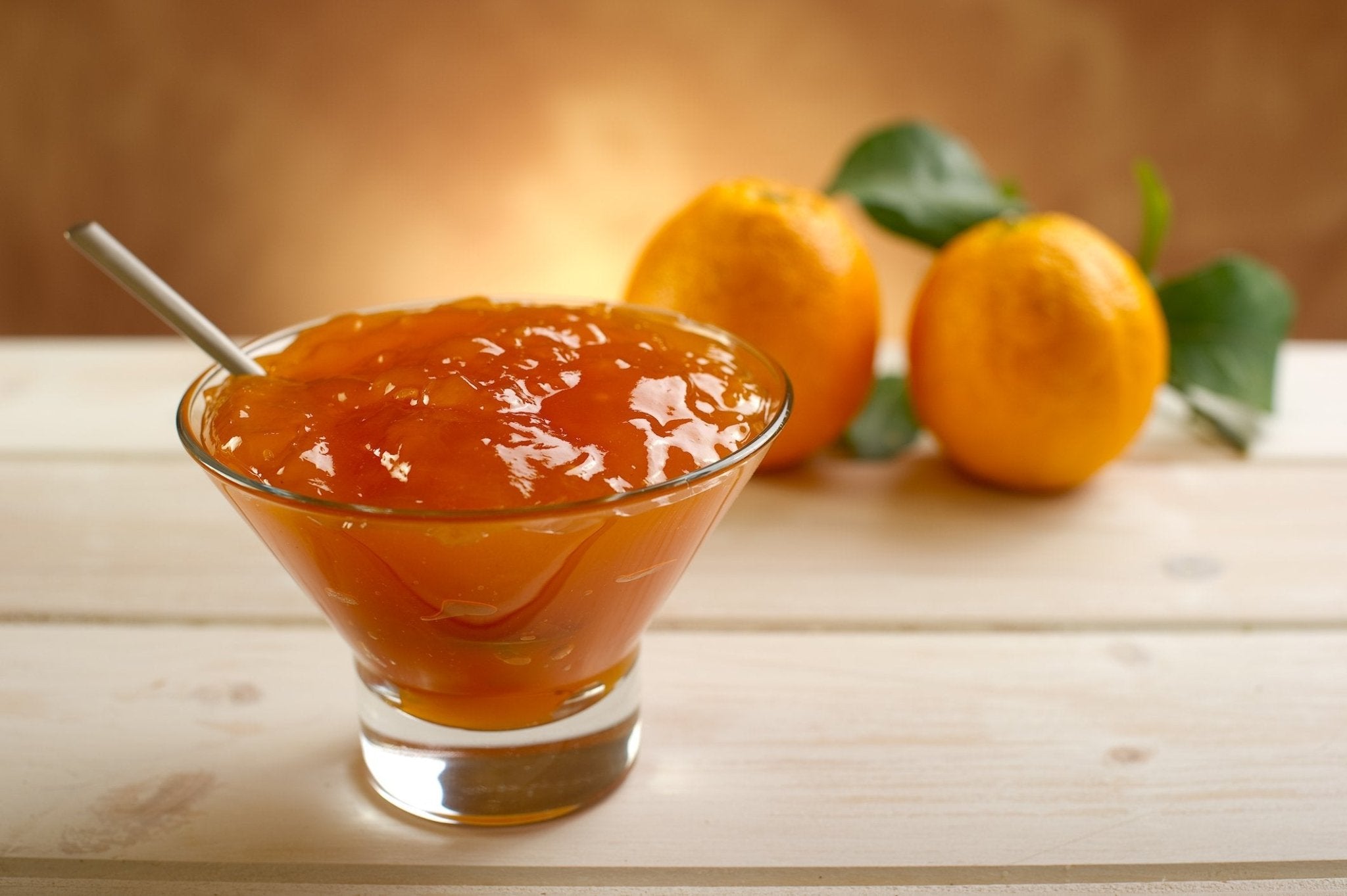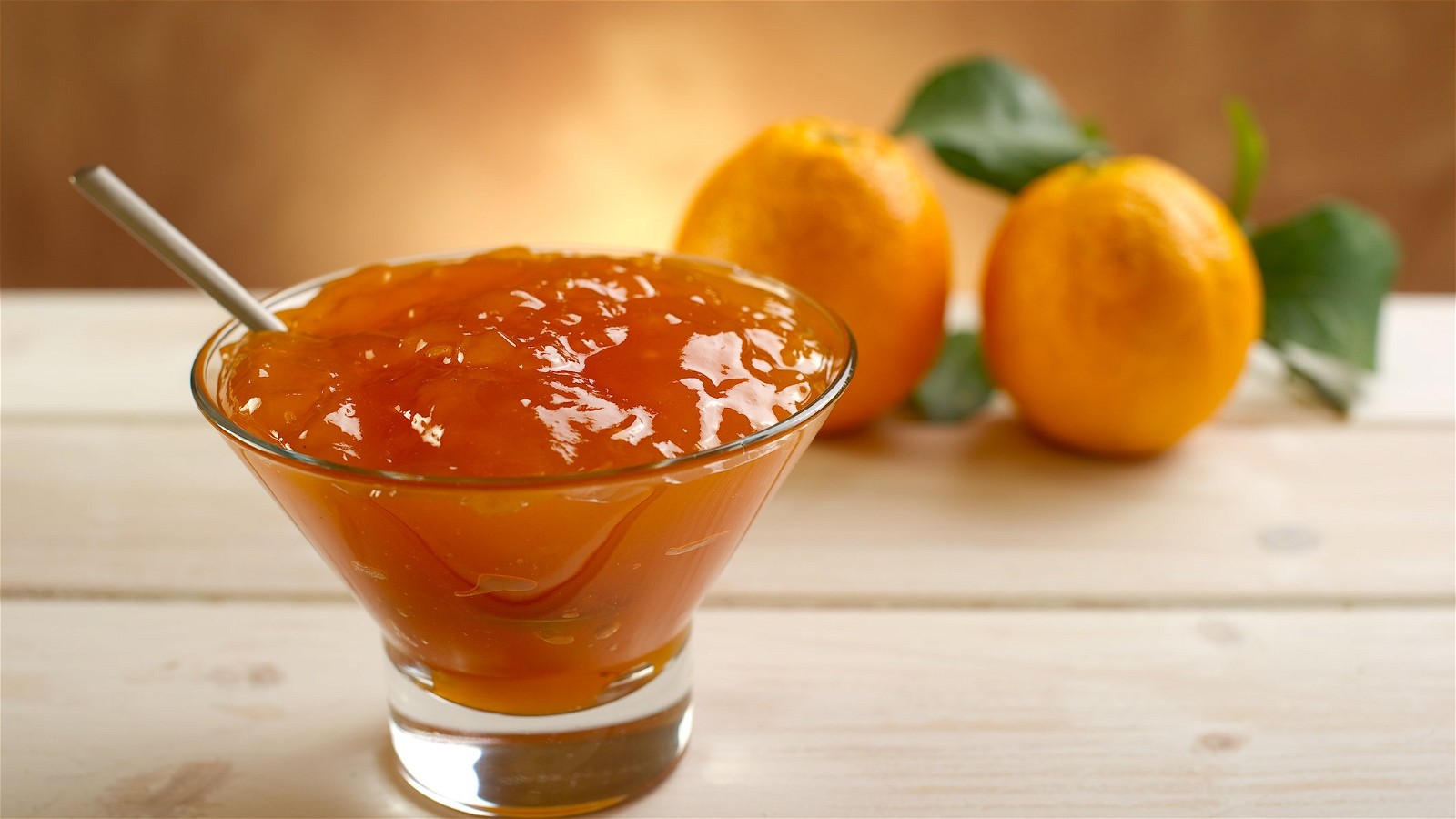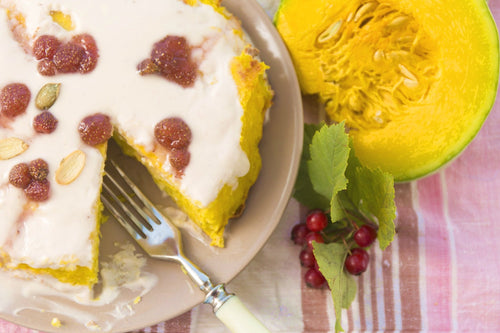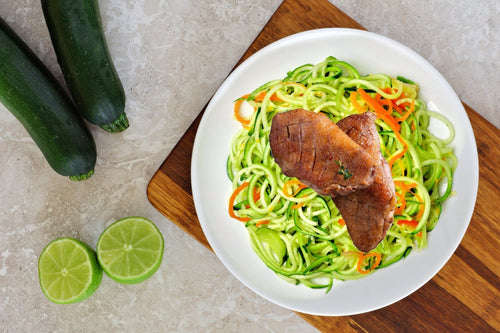
DIABETIC ORANGE MARMALADE
SUBSCRIBE TO OUR BLOG
Promotions, new products, and recipes.
Those monitoring their sugar intake can make this low-sugar marmalade at home using pectin and minimal sugar. Marmalade's history as a gift to England's aristocracy dates back centuries. Here's your "royal" recipe featuring marmalade oranges, striking a perfect balance of sweetness and zestiness. Pectin ensures a delightful consistency with less sugar, offering a healthier alternative. Embrace the tradition while enjoying the citrusy aroma and relish this timeless delight on toast, or pastries, or share it as a thoughtful gift. Create history in your kitchen with this easy, rewarding, and delicious diabetic-designed recipe!

|
About the Author Ed is the founder of Cape Crystal Brands, editor of the Beginner’s Guide to Hydrocolloids, and a passionate advocate for making food science accessible to all. Discover premium ingredients, expert resources, and free formulation tools at capecrystalbrands.com/tools. — Ed |
- Choosing a selection results in a full page refresh.




